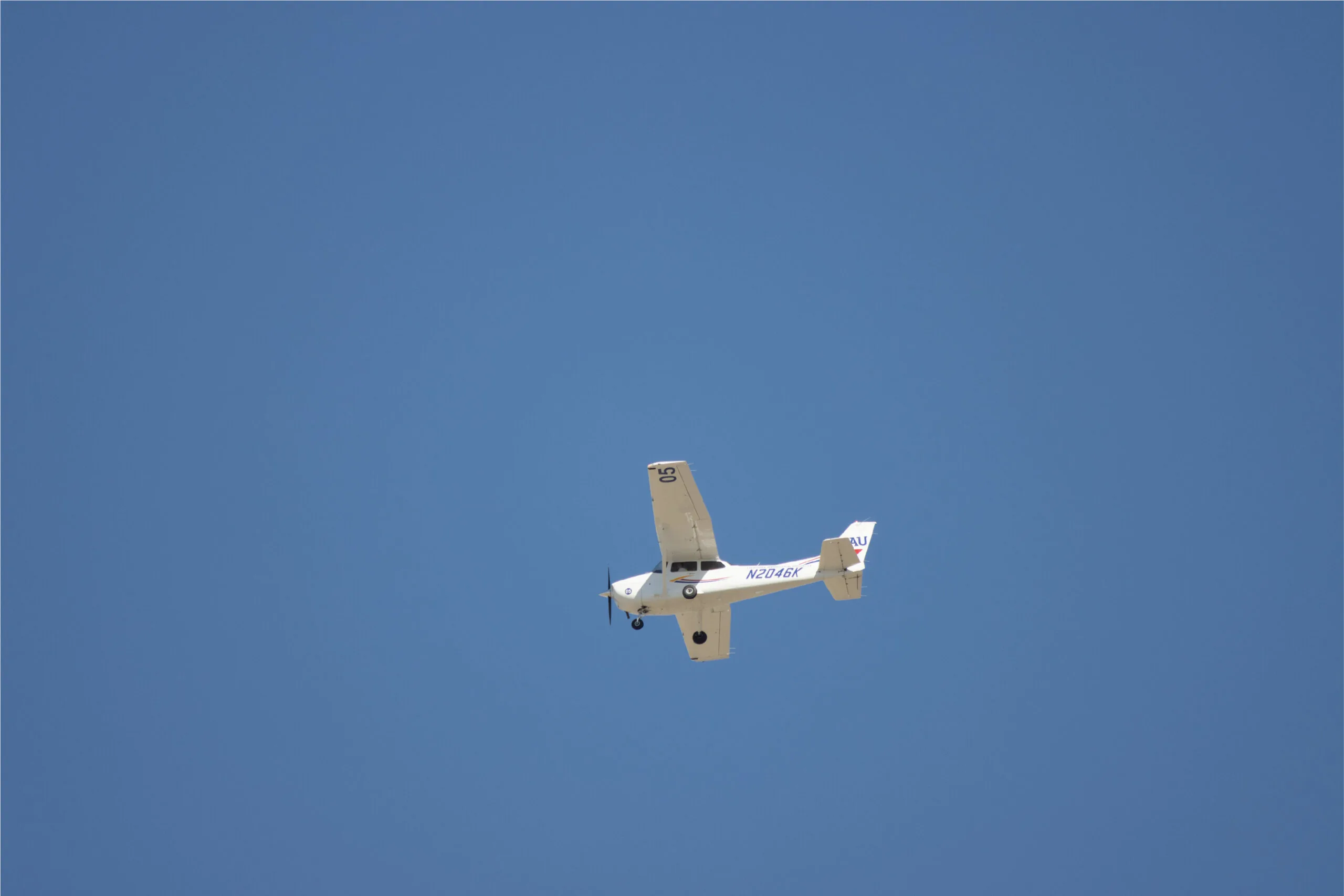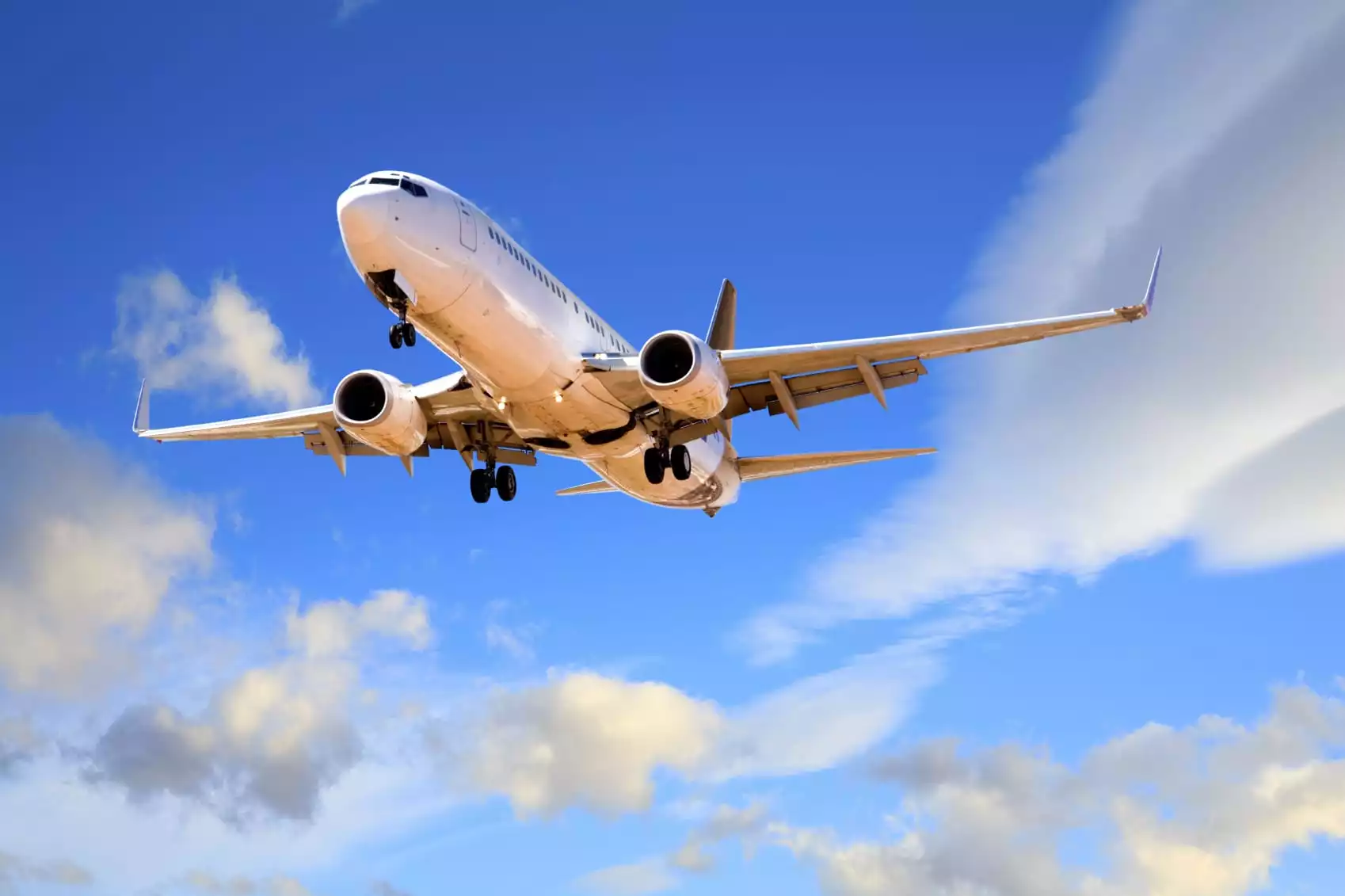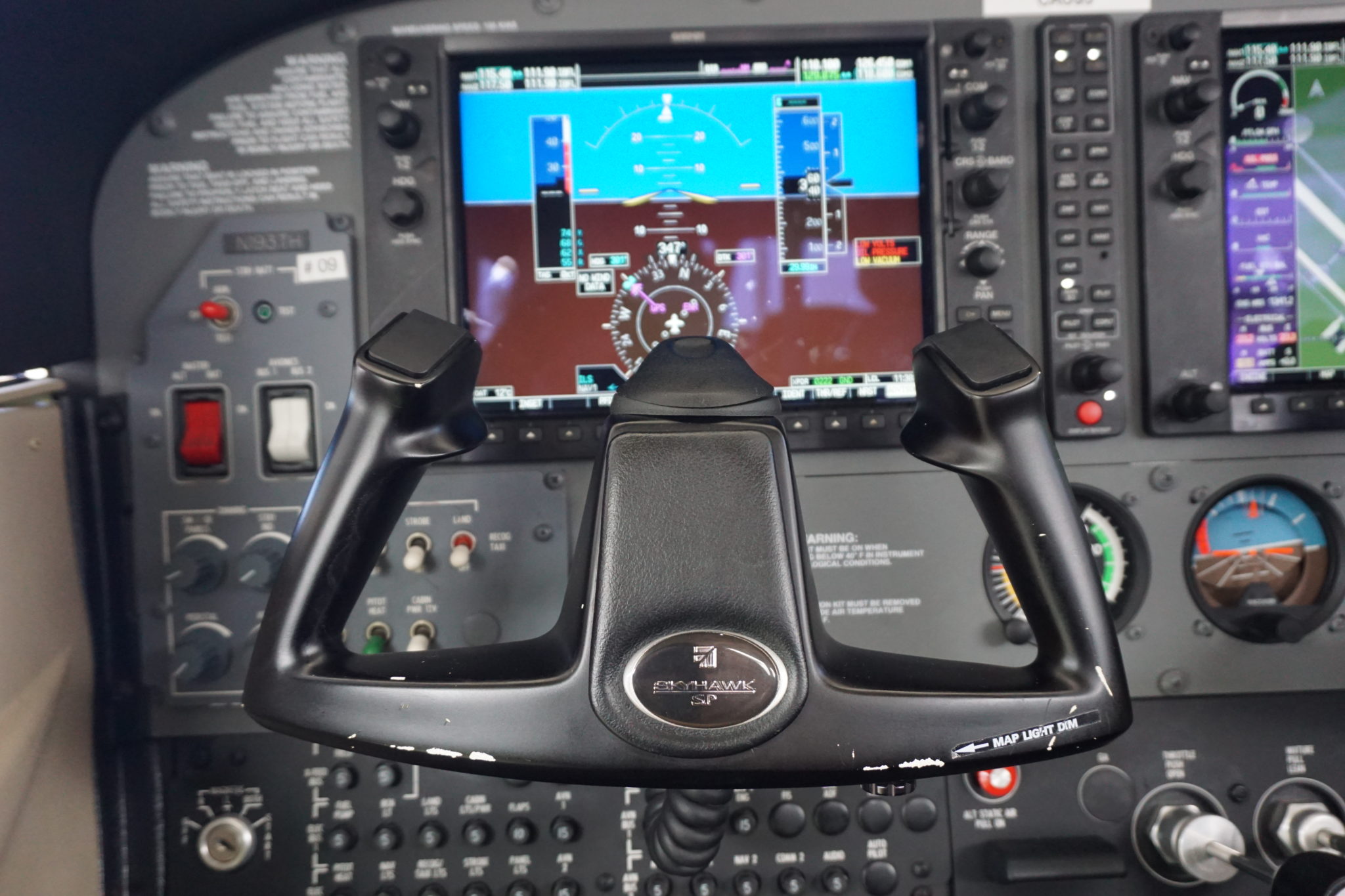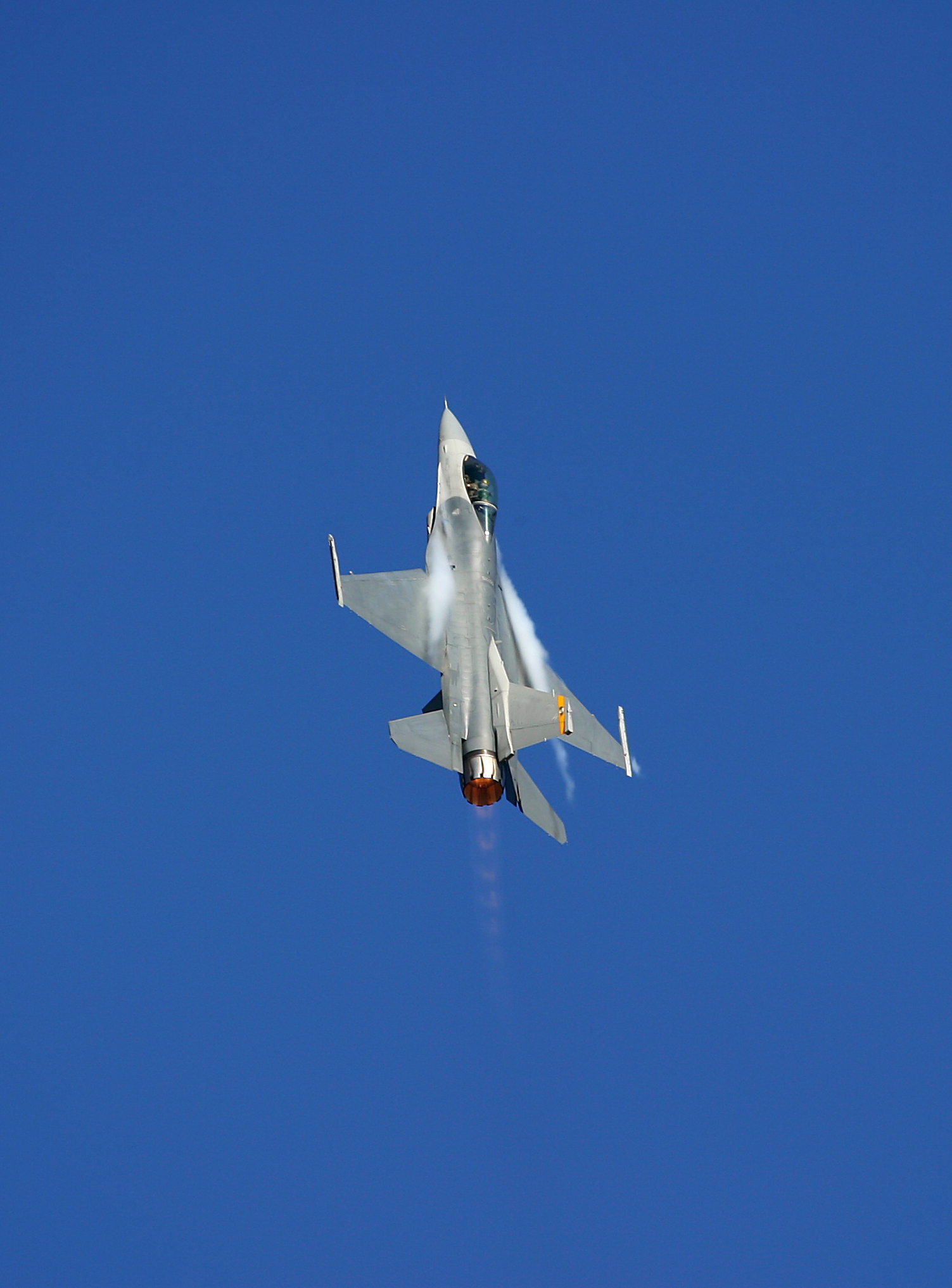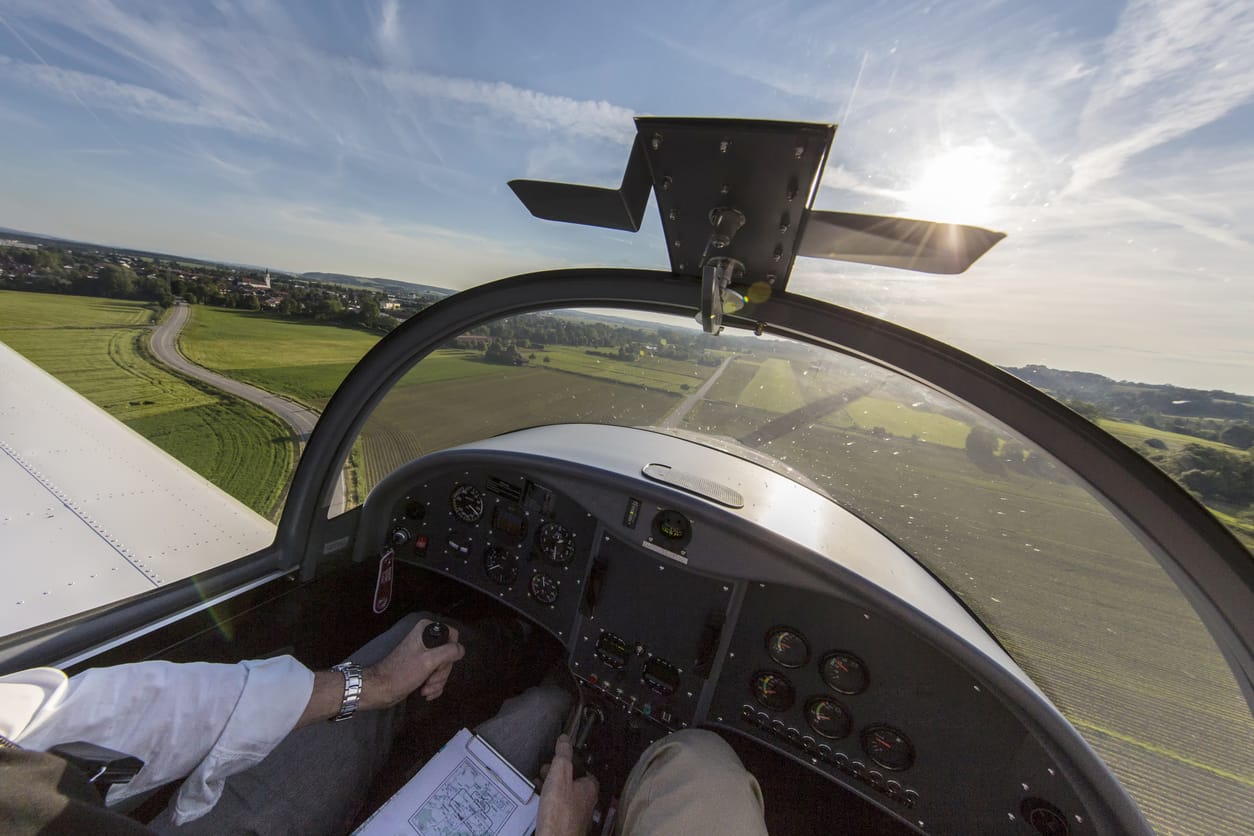Altitude is a critical aspect of aviation, as it refers to the height of an aircraft above sea level. Pilots must understand and use different types of altitude to navigate the skies safely and efficiently.
In this blog post, we will explore the different types of altitude in aviation and their importance for pilots. By the end of this post, you will better understand true altitude, pressure altitude, density altitude, indicated altitude, flight level, and transition altitude and level.
So, let’s dive in and learn more about the types of altitude in aviation!
What is Altitude?
Altitude is a measure of an aircraft’s height above sea level. It is an important factor in aviation as it determines an aircraft’s position relative to the ground, other aircraft, and obstacles. Pilots use altitude to determine their location, navigate, and avoid collisions. Altitude is typically measured in feet or meters above sea level.
Understanding altitude is crucial for pilots, as it allows them to maintain a safe distance from the ground and other obstacles. It also enables them to navigate different types of airspace where specific altitudes are required for certain operations.
Overall, altitude is a critical component of aviation, and a thorough understanding of the different types of altitude is essential for all pilots. So, let’s explore the different types of altitude in aviation further.
Types of Altitude in Aviation
There are four main types of altitude in aviation: true altitude, pressure altitude, density altitude, and indicated altitude. Each type of altitude is measured and used differently, and pilots need to understand their differences.
True Altitude
True altitude is the vertical distance of an aircraft above mean sea level (MSL). It is an important reference for navigation and determines an aircraft’s vertical position on the Earth’s surface. True altitude is measured using altimeters that are calibrated to indicate true altitude.
Pressure Altitude
Pressure altitude is indicated when an altimeter is set to a standard atmospheric pressure of 29.92 inches of mercury (inHg) or 1013.25 millibars (MB). It determines an aircraft’s height above a standard datum plane rather than above mean sea level. Pressure altitude is important for calculating aircraft performance, as it is not affected by changes in atmospheric pressure.
Density Altitude
Density altitude is relative to the standard sea-level atmosphere conditions. It is calculated by taking pressure altitude and correcting for non-standard temperature and pressure conditions. Density altitude is essential for aircraft performance, as it affects an aircraft’s lift and thrust capabilities.
Indicated Altitude
Indicated altitude is the altitude shown on an aircraft’s altimeter when it is set to the local barometric pressure at the airport. It is the altitude that the pilot uses for navigating and controlling the aircraft in flight. Indicated altitude is affected by changes in atmospheric pressure and temperature.
In addition to the four main types of altitude, other related terms are essential for pilots to understand:
Flight Level
Flight level is a type of altitude used in aviation above a certain altitude, typically 18,000 feet above mean sea level. It is the altitude above the standard datum plane in 100-foot increments. Pilots use flight level instead of true altitude to reduce the number of altitude corrections required for atmospheric pressure changes.
Transition Altitude and Level
Transition altitude and level are altitude values used to define the boundary between the airspace where aircraft use local barometric pressure and the airspace where they use standard pressure settings. They are essential for avoiding altitude conflicts between aircraft and ensuring safe navigation.
Overall, understanding the different types of altitude in aviation is essential for pilots to navigate safely and efficiently. By knowing how to use and interpret these different altitudes, pilots can maintain situational awareness and make informed decisions in the air.
What is Flight Level in Aviation?
Flight level is a type of altitude used in aviation that is defined as the altitude above the standard datum plane in 100-foot increments. It is typically used above a certain altitude, such as 18,000 feet above mean sea level. Flight level is essential for reducing the number of altitude corrections required for changes in atmospheric pressure, which can be significant at high altitudes.
The main difference between flight level and altitude is the reference point used to measure them. Altitude is typically measured in feet or meters above mean sea level, while flight level is measured in 100-foot increments above the standard datum plane. This standardization allows pilots to fly at the same altitude regardless of the local atmospheric pressure, which can vary due to weather conditions.
Another difference between flight level and altitude is the altimeter setting used to measure them. Altitude is measured using local barometric pressure settings, while flight level is measured using a standard pressure setting of 29.92 inches of mercury or 1013.25 millibars. This standardization helps to reduce the potential for altitude errors and ensures consistent communication between pilots and air traffic control.
In summary, flight level is a type of altitude used in aviation that is standardized and measured above a certain altitude, typically 18,000 feet above mean sea level. It is used to reduce the number of altitude corrections required for changes in atmospheric pressure and is measured using a standard pressure setting. Pilots must understand the differences between flight level and altitude to maintain situational awareness and communicate effectively with air traffic control.
What is Transition Altitude and Level in Aviation?
Transition altitude and level are altitude values used to define the boundary between the airspace where aircraft use local barometric pressure and the airspace where they use standard pressure settings.
Transition altitude is the altitude at which the aircraft switch from the local barometric pressure setting to the standard. It is typically set at 18,000 feet above mean sea level but can vary depending on the location and airspace regulations.
The transition level is the altitude at which the aircraft switch from the standard pressure setting to the local barometric pressure setting on the descent. It is typically set below the transition altitude and varies depending on the location and airspace regulations.
Transition altitude and level are essential for pilots and air traffic control because they ensure safe navigation and avoid altitude conflicts between aircraft. Pilots must change their altimeter settings to ensure they are flying at the correct altitude when transitioning from one type of airspace to another. Failure to make this change can result in altitude errors and potential collisions with other aircraft.
Air traffic control plays a vital role in managing the transition between different types of airspace by providing pilots with information on the current altimeter settings and the transition altitude and level. This information helps pilots to make the necessary adjustments to their altimeter settings and maintain safe separation from other aircraft.
In summary, transition altitude and level are altitude values used to define the boundary between airspace where aircraft use local barometric pressure and airspace where they use standard pressure settings. They are essential for ensuring safe navigation and avoiding altitude conflicts between aircraft, and air traffic control plays a critical role in managing the transition between different types of airspace.
How Does The Performance Of An Aircraft Change At Higher Altitudes?
The performance of an aircraft significantly changes at higher altitudes due to the decrease in air density. This reduction in air density, known as high-density altitude, causes thin air and negatively impacts aircraft performance by reducing lift and impairing propeller efficiency. However, planes often cruise at high altitudes because they can burn less fuel and fly faster in less dense air. Despite this, the decreased air density also reduces engine performance, even though it improves fuel efficiency.
High altitude coupled with high temperatures and humidity can further reduce aircraft performance. When operating under these conditions, pilots must adapt their takeoff plans accordingly as these factors can affect takeoff distance, available power, and climb rate. The optimum altitude for flight is not constant and changes based on atmospheric conditions and the weight of the aircraft.
How Do Altitudes Vary In Different Regions Of The World?
Altitudes across the globe vary significantly due to geographical features and location. The highest point is Mount Everest in the Himalayas, while regions like the Tibetan Plateau in Asia and the Andean Altiplano in South America have landscapes over 10,000 feet above sea level.
Countries’ average topographical elevation can be influenced by mountain ranges or plateaus, with each continent having its highest and lowest points, such as Mount Kilimanjaro and Lake Assal in Africa, and Mount Everest and the Dead Sea in Asia. These altitudinal differences also impact regional climates, with temperature generally decreasing as altitude increases, leading to diverse weather patterns and ecosystems.
Learn More About the Types of Altitudes in Aviation at California Aeronautical University Today
We have explored the different types of altitudes in aviation, including true altitude, pressure altitude, density altitude, indicated altitude, flight level, and transition altitude and level. Each type of altitude is measured and used in different ways, and pilots need to understand the differences between them to navigate safely and efficiently.
We also discussed the importance of altitude in aviation and how it affects aircraft performance, navigation, and collision avoidance.
By understanding the different types of altitude in aviation, you can become a more informed and skilled pilot and ensure the safety of yourself and others in the skies.
If you are interested in learning more about the types of altitude in aviation, we encourage you to explore the resources available at California Aeronautical University. CAU offers a comprehensive curriculum covering all aviation aspects, including altitude and its importance in flight operations.
By pursuing a degree in aviation at CAU, you can gain the knowledge and skills necessary to become a successful pilot and advance your career in the aviation industry. Contact us today to learn more.
LOVE FLYING?
YOUR AERONAUTICAL CAREER AWAITS
661-615-5915 GET IN TOUCH TODAY
Ready to soar in your aviation career?
Mr. Matthew A. Johnston has over 23 years of experience serving various roles in education and is currently serving as the President of California Aeronautical University. He maintains memberships and is a supporting participant with several aviation promoting and advocacy associations including University Aviation Association (UAA), Regional Airline Association (RAA), AOPA, NBAA, and EAA with the Young Eagles program. He is proud of his collaboration with airlines, aviation businesses and individual aviation professionals who are working with him to develop California Aeronautical University as a leader in educating aviation professionals.
